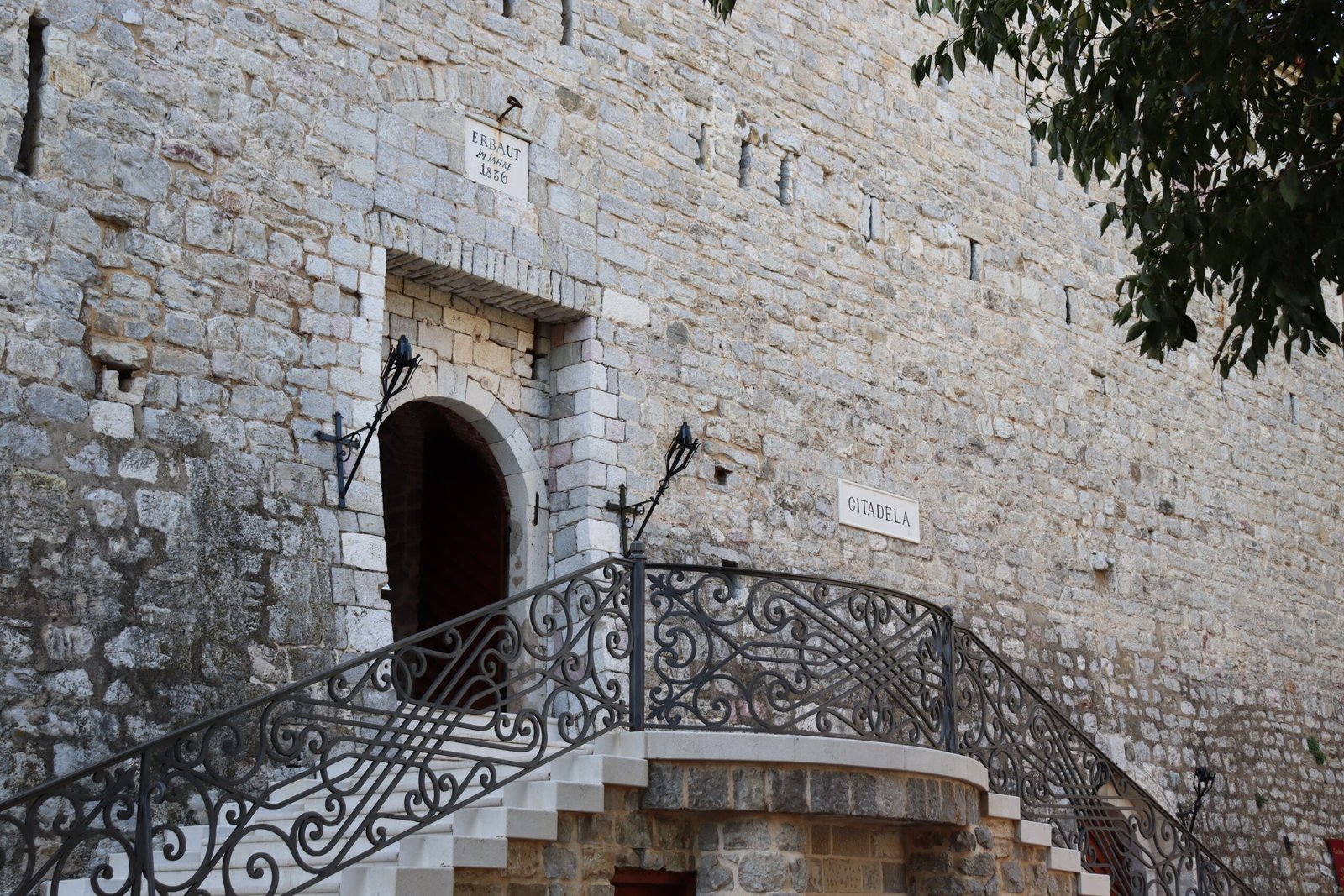Na prostoru današnje Citadele se u prethelenističkom periodu nalazila određena forma fortifikacionog utvrđenja. Dolaskom Grka u doba helenizma, iskorišćena je uzdignuta pozicija gradine kako bi se lokacija transformisala u antički akropolj. Današnji izgled Citadele proizvod je srednjovjekovnih arhitektonskih praksi, venecijanskog sistema gradnje na dva bastiona i prepravki iz austrougarskog perioda, kao i rekonstrukcije iz novijeg doba. Citadela baštini sjećanje na najrazličitije periode života Budve, koji sežu u daleku prošlost i na legende o budvanskoj Kadmeji. Budvanski akropolj čuva ostatke važnih graditeljskih faza (od srednjeg vijeka, preko mletačkog, završno sa austrijskim periodom), te se ovdje mogu primijetiti ostaci srednjovjekovne crkve Santa Maria in Castio, donžon kule, fortifikacione odbrambene arhitekture – bedema i najmlađe vojne kasarne. Kulturna politika nakon zemljotresa 1979. omogućila je integraciju ovog lokaliteta za različita kulturno-umjetnička dešavanja. Na ovom prostoru izvodile su se brojne priredbe i manifestacije sve do njegove privatizacije, kada je kulturni život na ovoj lokaciji zamro.
Castio of Saint Mary (The Citadel)
A certain form of town used to exist in the area of the current Citadel. With the arrival of the Greeks in the Hellenistic era, the elevated position of the castle was used to transform the location into an ancient acropolis. The present-day appearance of the Citadel is the product of medieval architectural practices, the Venetian system of building on two bastions and alterations from the Austro-Hungarian period as well as reconstruction from recent times. The Citadel inherits the memory of the various periods of Budva, which go back to the distant past and legends about the arrival of Cadmus. The Acropolis of Budva preserves the remains of important construction phases (from the Middle Ages, through the Venetian period and finally with the Austrian period), and here you can see the remains of the medieval church of Santa Maria in Castio, the keep, the town defence architecture of the town walls and the military barracks. The cultural policy of Yugoslavia after the 1979 earthquake enabled better integration of this locality with various cultural and artistic events. Numerous events and manifestations were held in this space until its privatization when cultural life at this location died down.





